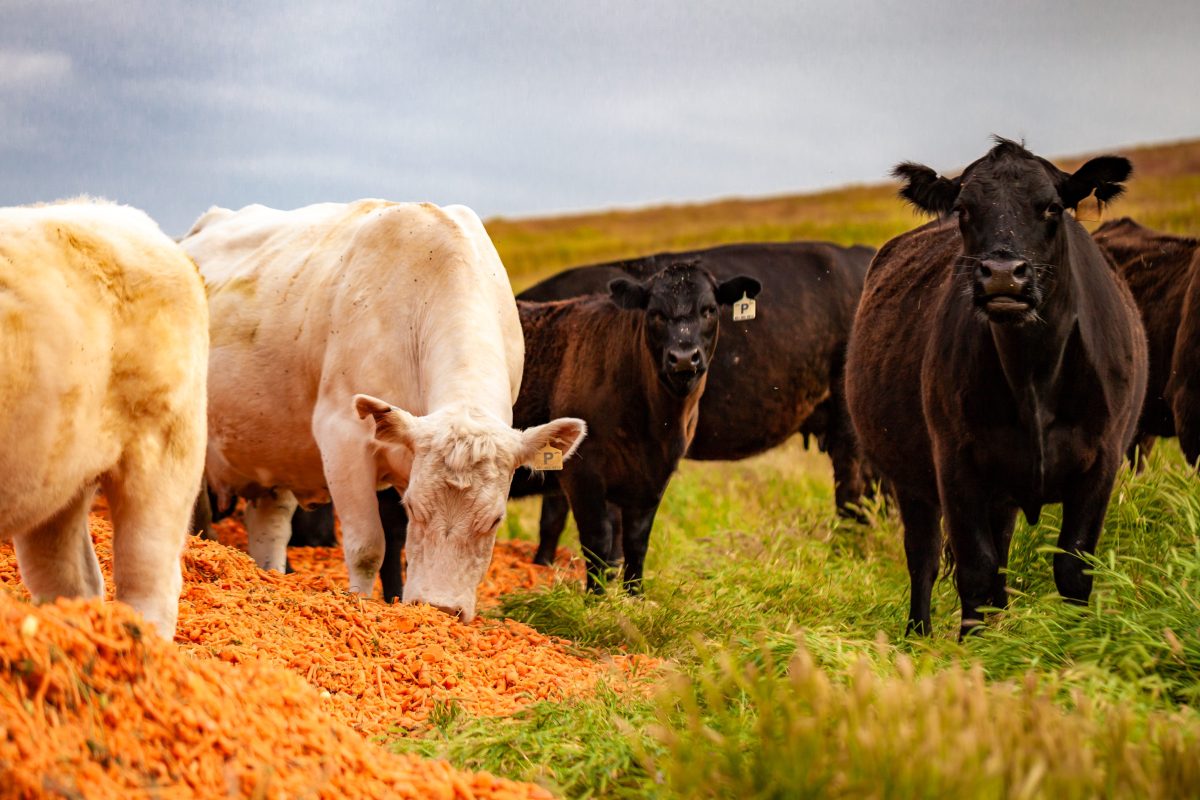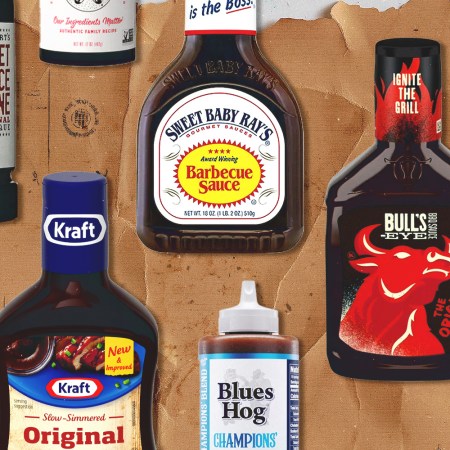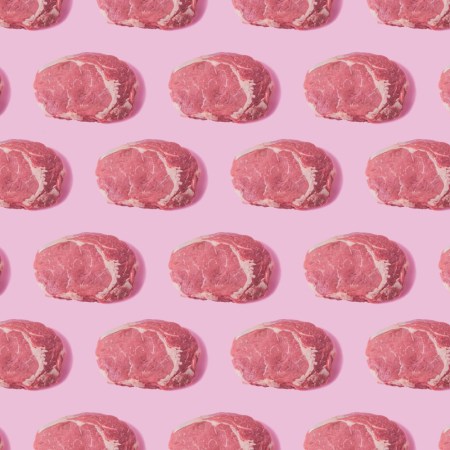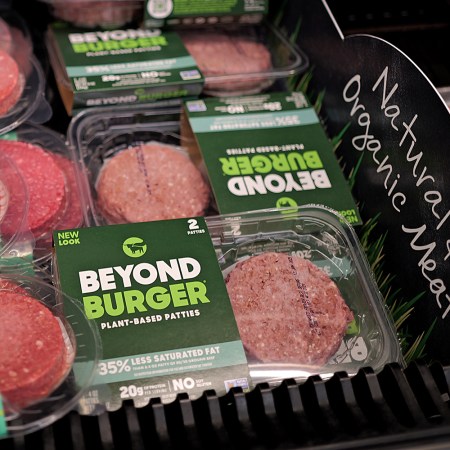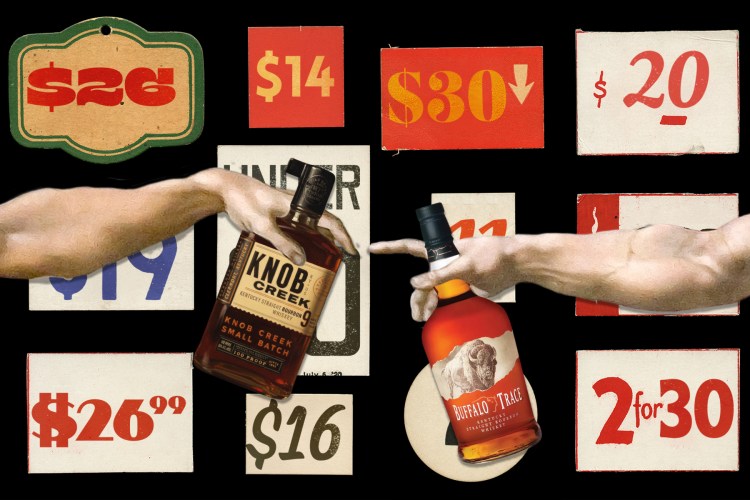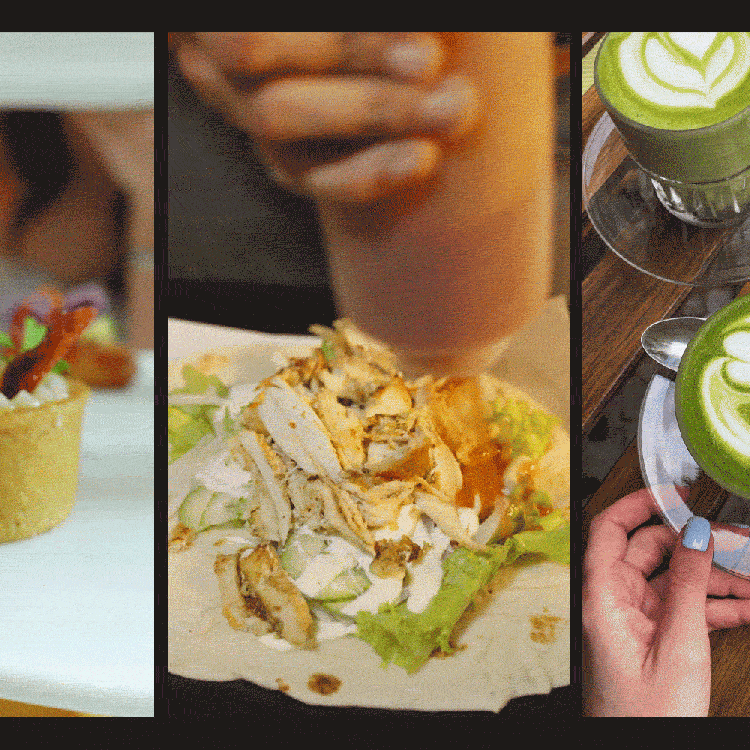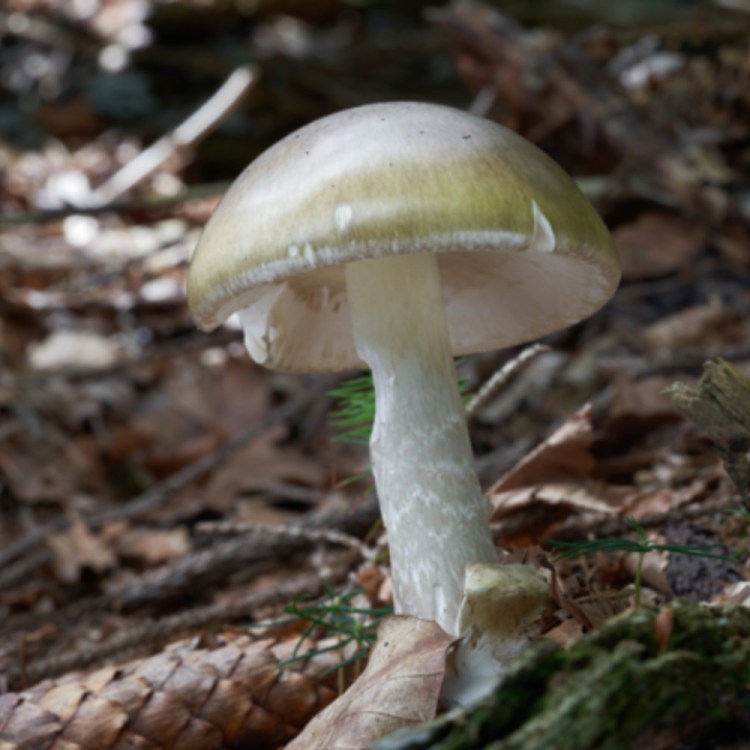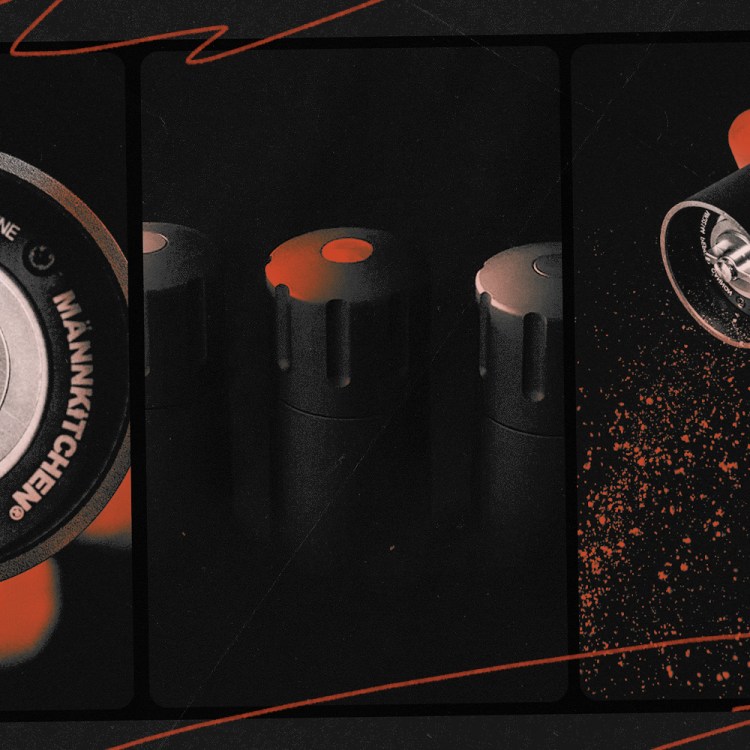No matter how it is cooked, the Olive Wagyu that’s harvested from a herd of 2,000 Kuroge-washu cattle that live on a small island in Japan’s Kagawa Prefecture and subsist on a diet that includes upcycled pulp taken from spent olives is very, very rare. Produced according to the concept of mottainai (basically the idea of recognizing the inherent value of resources and not wasting them), Olive Wagyu is highly coveted and nearly impossible to get stateside outside of special shipments.
Luckily there’s another variety of specially fed beef that’s produced using that same Japanese theory but infinitely easier to procure: Santa Carota beef, which you can get online via Holy Grail Steak Co.
Raised humanely on open pastures at a California ranch in an unincorporated community outside of Bakersfield by the Pettit family, Santa Carota’s Black Angus cattle ingest a 95% carrot-based diet that’s sourced from local farms’ leftovers. The Pettits began using carrots to supplement the diet of their grass-fed herd more than 30 years ago, but upped the ratio of carrots they were feeding their cows a few years ago based on the results of a taste test among family members.
“What I like about the Santa Carota program is that they figured out a way to be efficient. It’s a closed-loop,” Holy Grail founder Cameron Hughes tells InsideHook. “Nobody wants the ends of carrots, so they’re basically taking leftovers nobody wants. They don’t go into the juice and they don’t go into the grocery store. They’re taking pieces of leftover production that don’t have a home and upcycling it. They’re upcycling fiber into, basically, the most concentrated nutritional substance on the face of the earth, which is animal protein.”
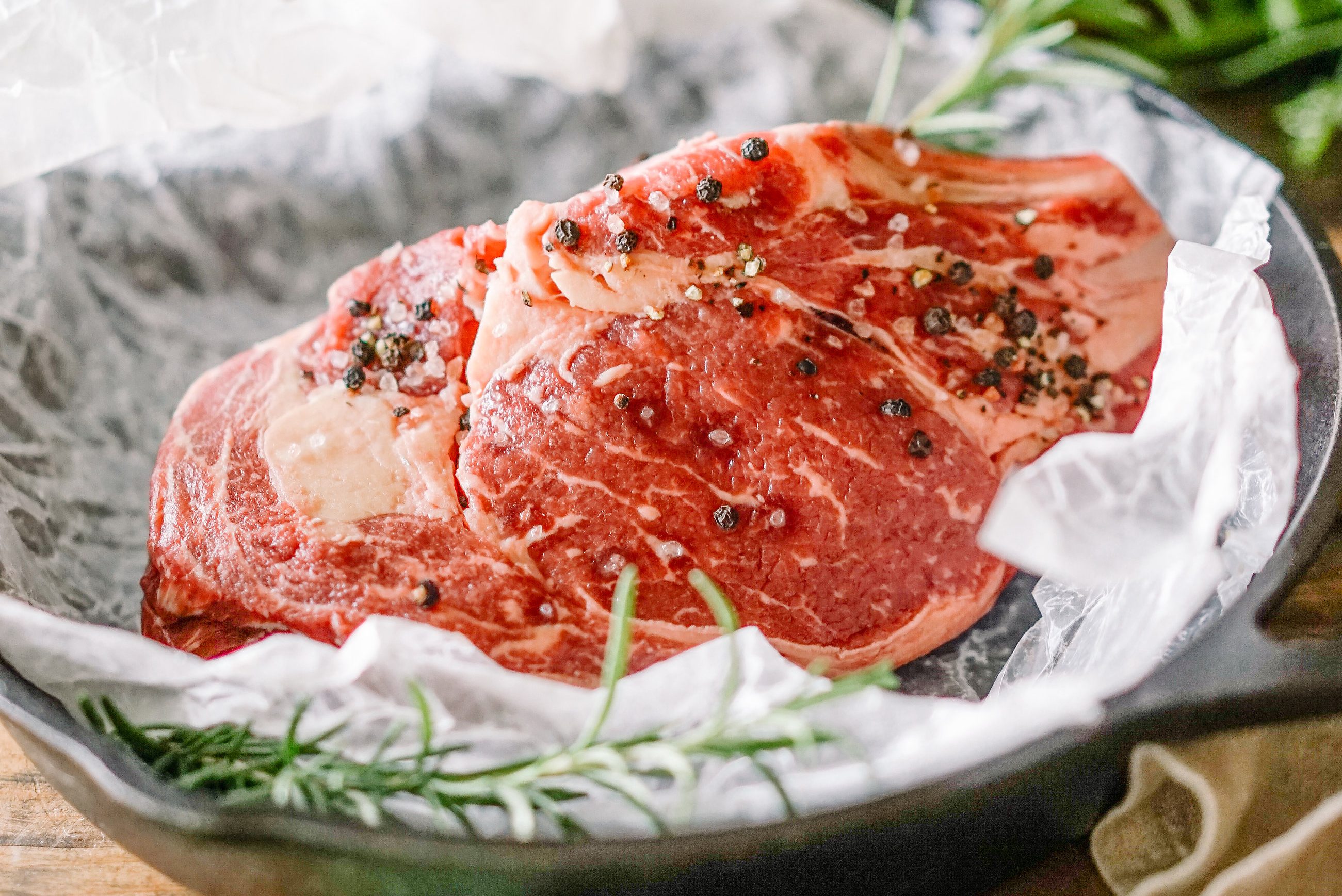
High in B12 and beta-carotene but low in saturated fat, the beef that Santa Carota (“holy carrot” in Italian) cattle yield is free of hormones, antibiotics and gluten. What it isn’t lacking? Flavor.
“It’s right up there in terms of quality with USDA Prime, but this is a very different profile,” Hughes says. “It can be as fatty, but there’s a really different mouthfeel. It’s a sweeter meat and a juicier steak. It’s delicious. It’s tender. It’s a unique product that I think elevates the category.”
Saying the Pettit family’s beef is juicier than other options is no exaggeration, as at least partially due to carrots being 88% moisture, Santa Carota’s meat cooks 20-30% faster than regular beef. (Had your humble narrator not known this, the medium Santa Carota steak he enjoyed would have easily turned out well-done.)
Originally mostly selling their meat to high-end butchers and top-tier restaurants, including Wolfgang Puck’s CUT in Beverly Hills and Gordon Ramsay’s Hell’s Kitchen in Las Vegas, the Pettits have started offering ribeyes, strips, filets and tomahawk steaks via Holy Grail to help make up for some of the business they lost due to the onset of the pandemic.
“The Pettit family does a lot of business with restaurants and the last year has been really tough for that category,” Hughes says. “They were exploring other avenues and I have been talking to them for a while now. Quite frankly, the timing was just right. Really, it was a combination of our growth and their willingness to get outside of the restaurant channel where they’ve been selling most of their beef. They were eager to get going.”
Interestingly, Hughes believes Santa Carota’s embrace of carrots as an alternative source of food for their cattle is a harbinger of big things to come in the high-end beef industry at large.
“I think we’re going to see a lot more of this. It’s the same thing with the olive-fed Wagyu,” Hughes says. “It’s like, ‘We’ve got all of these olives after making olive oil … What are we going to do with these? Well, let’s bake them in an oven, cook down the tannins and enzymes so that it’s palatable for a cow, and feed it to the cow.’ Lo and behold, it actually leads to a more unique and different flavor profile.”
With the category of alternative-fed beef growing, it isn’t just foods like olives and carrots that producers are experimenting with anymore, either.
“I know of guys who have bought about a million pounds of candy bars … I shouldn’t tell you this, but they’ll feed the cows whole thing,” says Hughes. “They’ll just dump them out in the pasture in the wrappers. The chocolate fattens the cows up because of all the sugar. They just poop out the wrappers. They don’t digest them. That’s actually big in Australia. They’ll just take candy out and feed it to their cattle because they convert the sugar right into their fat.”
So, should carnivorous consumers expect to see more beef coming to the market that’s largely fed on an alternative diet from grass or grain?
“Absolutely. Yes,” Hughes says. “You’ll begin to see more of this as demand for unique and differentiated product grows in the category.”
Fingers, and hooves, crossed.
Every Thursday, our resident experts see to it that you’re up to date on the latest from the world of drinks. Trend reports, bottle reviews, cocktail recipes and more. Sign up for THE SPILL now.
